Cover Crops (standard drilled wheat)
Purpose/Function:
Cover crops are used to protect the soil from wind and water erosion, improve soil health, increase water retention and reduce weeds and pests. Cover crops of small grains are recommended in the fall and winter to tie up nutrients that are left over from the previous crop and to reduce leaching of nutrients to surface and groundwater supplies.
Initiation protocol:
Contact the local Soil Conservation District or University of Maryland Extension for assistance.
Public acceptance:
Nothing says “conservation farmer” like a green cover crop in the fall! This is the single most effective, efficient and widely recognizable practice in agriculture.
Implementation Factors (level of difficulty):
Moderate. Sign-up for the cover crop program is held in early summer at Soil Conservation District offices.
Funding Sources / Options:
The Maryland Agricultural Water Quality Cost-Share (MACS) Program provides farmers with grants to plant cover crops immediately following the summer crop harvest. Cost-share rates vary from year to year; however, harvested cover crops pay an average rate of $25/acre while grants for planting traditional cover crops (which may not be harvested) start at $45/acre with additional incentives for planting early and using rye as the cover crop.
Costs:
Costs estimated as $ per acre of practice installed.
| Cost Estimates | EPA | MDA | Wieland | Average |
| Initial | $- | $- | $- | $- |
| Annual | $37 | $50.42 | $33.40 | $40.27 |
| Lifespan (yrs) | 1 | 1 | 1 | 1 |
| Annualized | $37 | $50.42 | $33.40 | $40.27 |
Load Reduction Efficiency:
Average Total Nitrogen removed per acre of practice per year
|
Low 2.79 lbs. |
Medium 3.76 lbs. |
High 12.54 lbs. |
Cost per pound removed between $4 and $18
Average Total Phosphorous removed per acre of practice per year
|
Low 0.01 lbs. |
Medium 0.01 lbs. |
High 0.06 lbs. |
Cost per pound removed between $840 and $5,042
Average Total Suspended Solids removed per acre of practice per year
|
Low |
Medium 4 lbs. |
High 88 lbs. |
Cost per pound removed between $0.57 and $12.61
Operation & Maintenance:
Cover crops may be green chopped or grazed, once well established. Kill cover crops in the spring. Mowing or herbicide application is acceptable. Deep tillage is not recommended because it will bury residue. Timely kill is important to reduce the risk of depleting moisture needed for spring crops.
Climate Change Considerations:
No-till cover crop rotations assist in the soils ability to store carbon. This practice has been shown to sequester 176 pounds of carbon per year.
Planning Questions to Consider:
Technical Notes:
Cover crops are recommended to improve nutrient management and need 30 to 40 days of good growth before the first hard frost. Plant fall cover crops from early August until mid-October for best results. Cover crops are often recommended when low residue producing crops such as soybeans or corn silage are grown. To optimize germination, use tillage methods that achieve soil-to-seed contact. Cover crops may be aerial seeded prior to harvesting summer crops or seeded using no-till, vertical tillage or conventional methods after harvest. Follow Natural Resource Conservation Service recommended seeding rates. Aerial seeding rates should be increased by 25 percent.
Related Best Management Practices




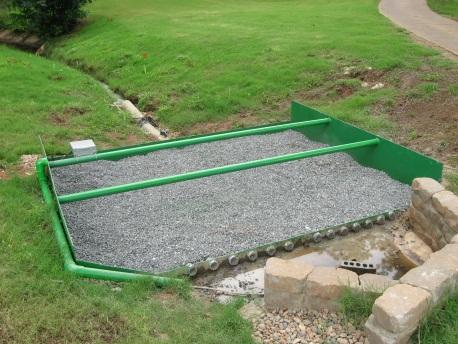
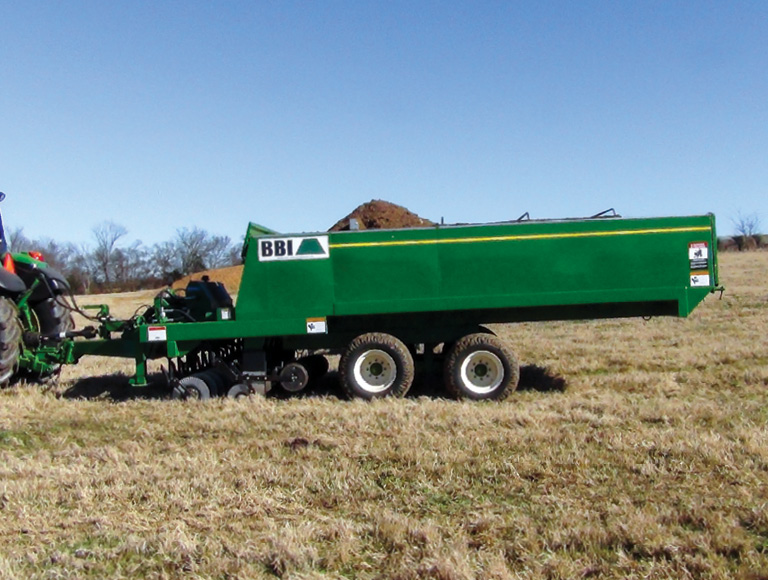
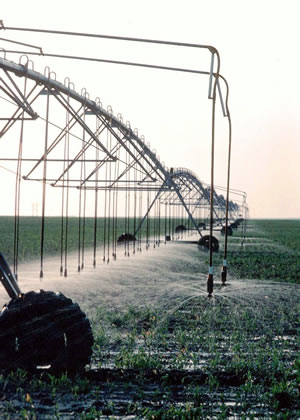
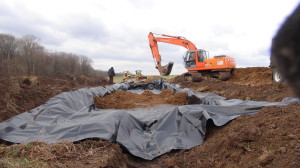
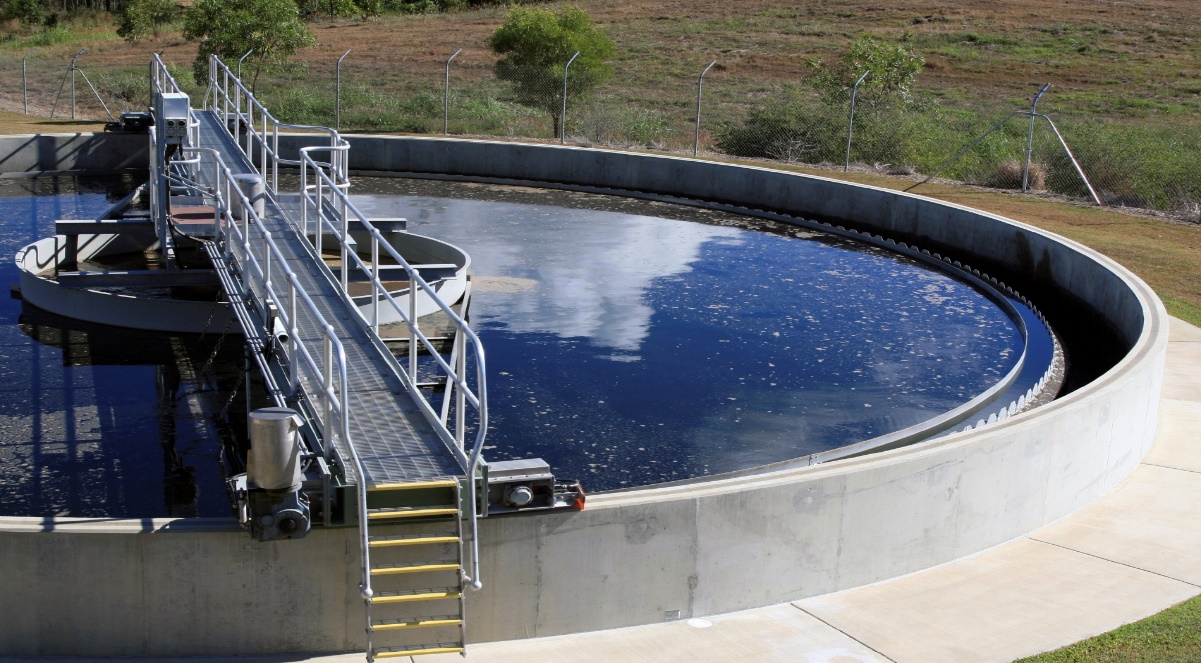


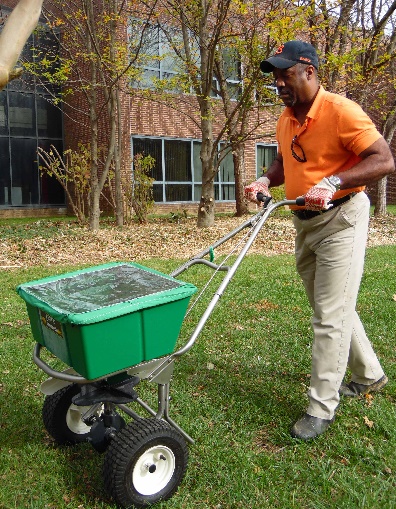

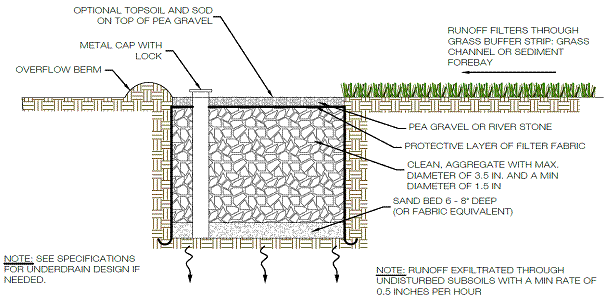
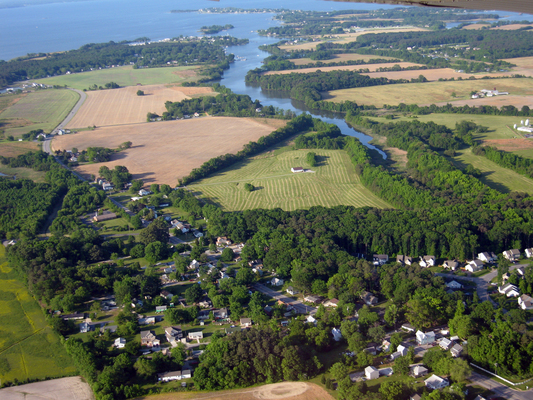
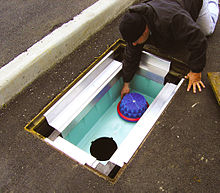
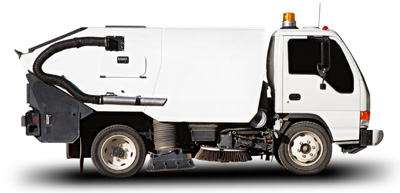
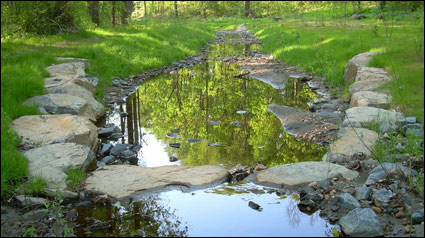
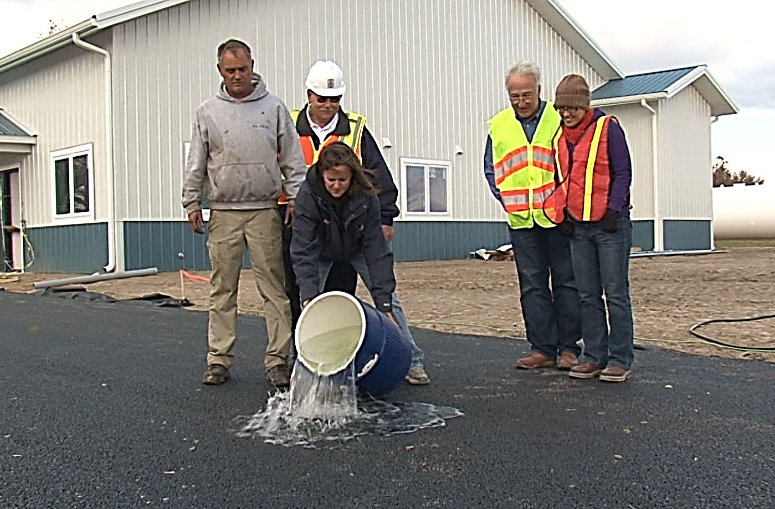
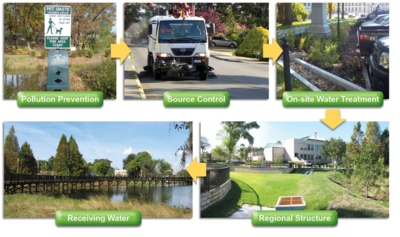
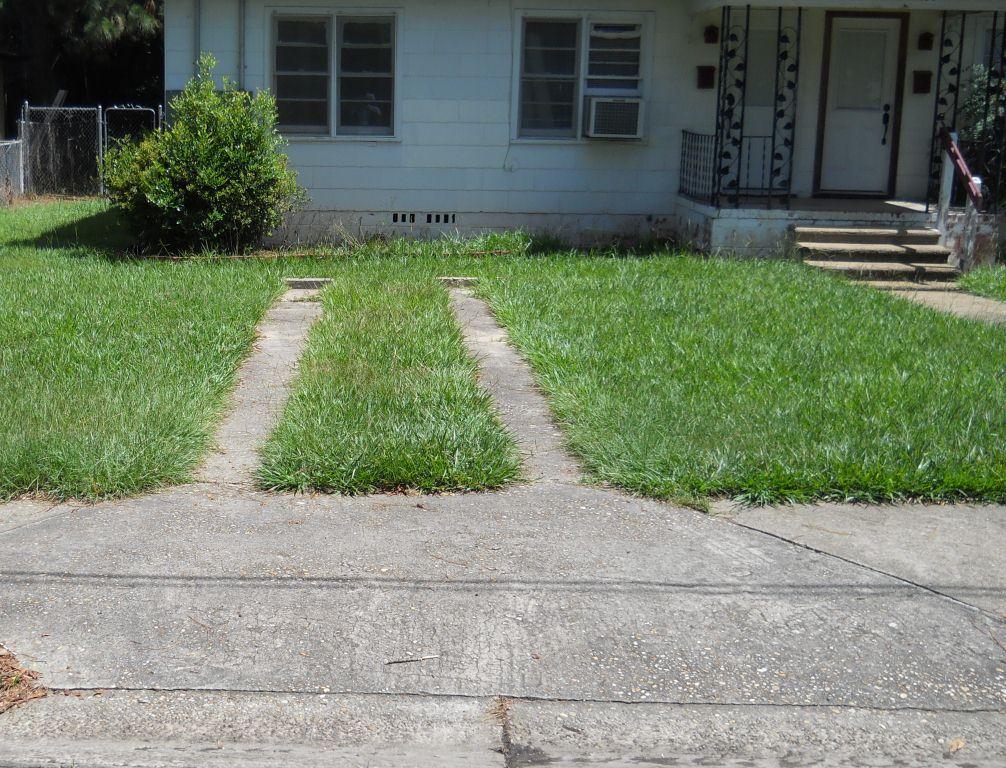
Feedback on This Best Practice